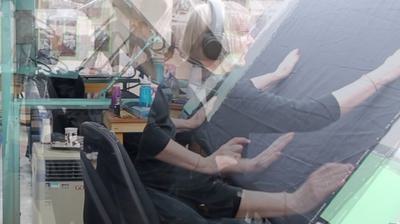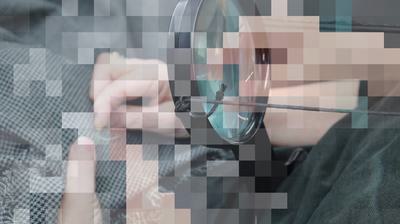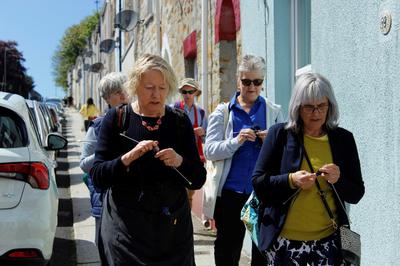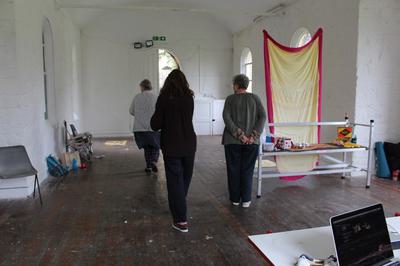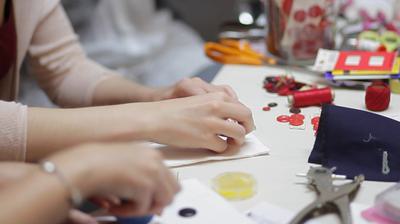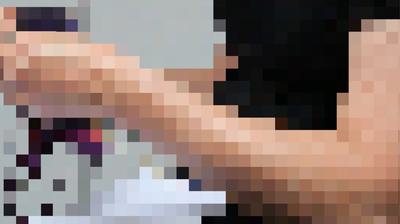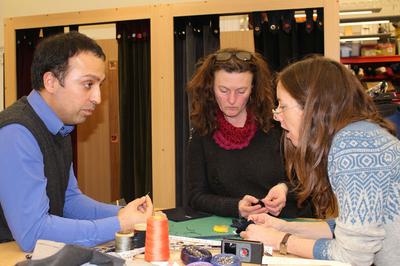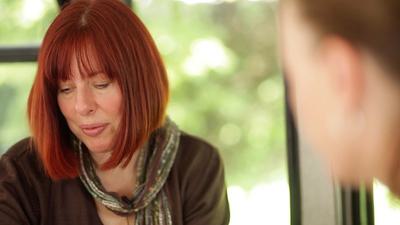Brenda Miller
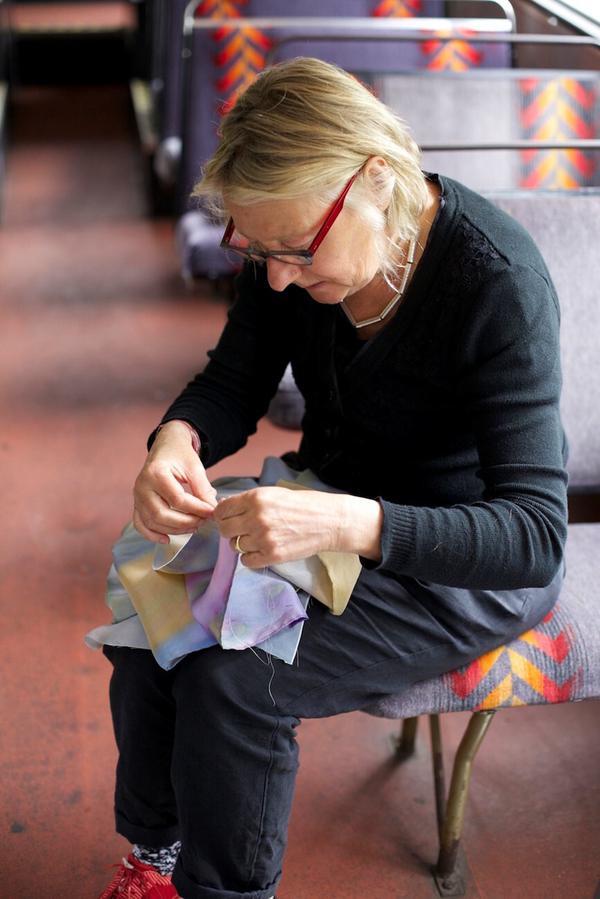
Brenda Miller's practice draws on aspects of everyday life for its focus. Day-to-day existence is precious and society ought to celebrate and value it. Memories and nostalgia form a kind of romanticism for place and space, which is integral to the work. Being able to look at the sea and horizon every day as a child has evolved into a fascination with the memory of vistas seen on a daily basis. Early morning scenes when the mist means it is only possible to see half way across a field to magical horizons where the clouds mingle with the land to form imaginary landscapes. Stephen Holl explains that: The horizon is not only an optical condition but also a spinning moment in space-time (1) Through spending time in the landscape, Brenda Miller is endeavouring to explore her relationship to the liminal space at the horizon. Brenda Miller's research has drawn inspiration from the picture by Caspar David Friedrich, Wandererabove the sea of fog as a starting point. The project Knitted Horizons has its origin firmly routed in the landscape of the Cotswolds. It is referencing a historical connection to the woollen industry, which has now virtually disappeared. The memory of the painting has been processed into a relic of that encounter into the practice. Through linking the everyday to familiar domestic activities, Brenda Miller references women's heritage. In turn this motivates the necessity to include textiles within the practice as she feels it is a fundamental part of women's cultural history. Although textiles continue to be problematic with its connection to suppression and hobbies as highlighted by Ingrid Bachman: Skills associated with textiles are still employed in the educational contexts of home and school to inculcate the male ideal of femininity in women. Sewing skills are still a source of exploitation of middle and lower class women. In the home sewing is regarded as a hobby while in the factory, it is viewed as industrial production - both activities, however, speak of submission to patriarchal values. (2) Alongside this theme there is a romanticism and nostalgia evident in the film Sharon and Me. In this, Brenda Miller is drawing attention to the last remnants of the woollen industry while reflecting on the need to make and questioning the loss and use of skills. As society progresses, we make less and less as Daniel Charmy reflects: Almost all of us can make. It is one of the strongest of human impulses and one of the most significant means of human expression. Yet fewer and fewer people know how to make the things they use, need or want, or even how these things are made. (3) Curator, Karen MacDonald's review of Mapping the Future:Where are you now? at The Brewhouse, Feb 2012 comments: 'The only direct representation of the human form, Brenda Miller's self portrait photograph 'Knitting', was taken on a hillside looking towards a horizon which, as she points out, is a construction dependent on your own viewpoint. A camping chair surrounded by in-process knitting seemed to invite the viewer to sit and share the illusion, from their position as hero of their own personally crafted narrative.'
Helping Artists Keep Going
Axis is an artist-led charity supporting contemporary visual artists with resources, connection, and visibility.


